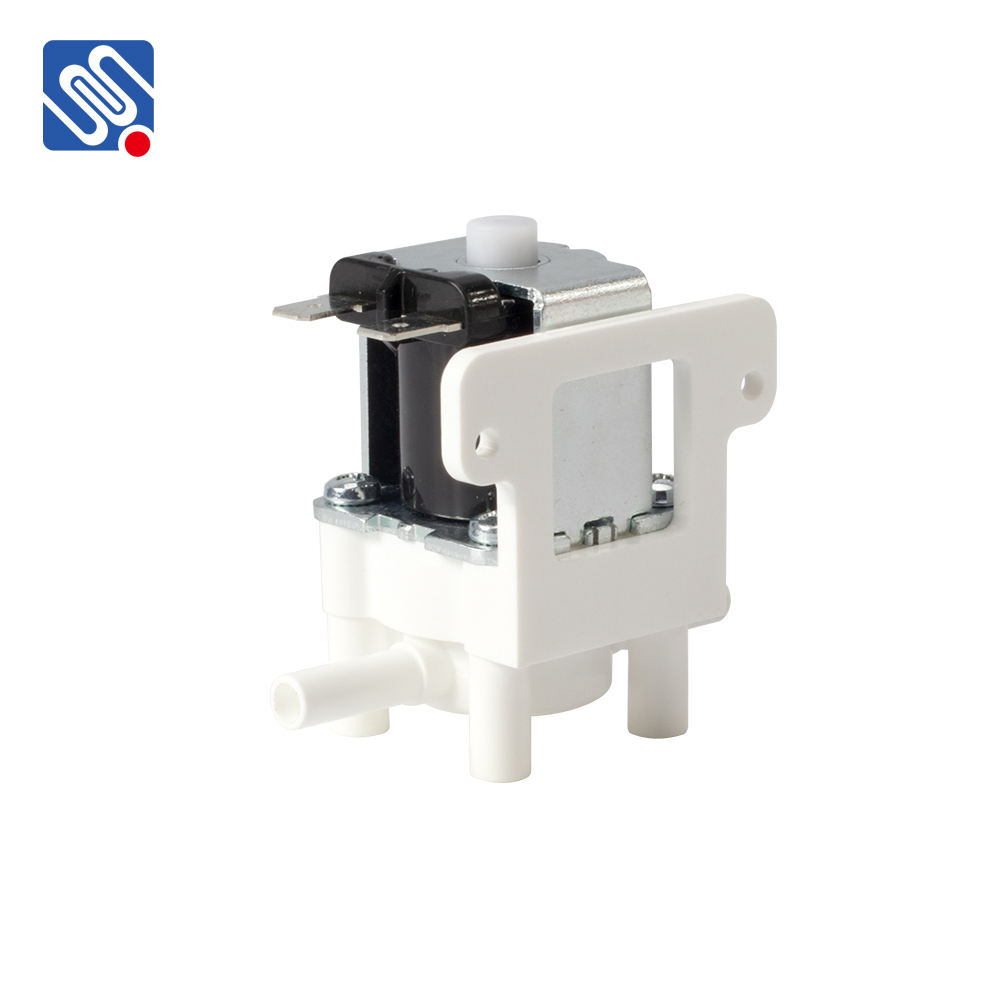The Plastic Water Flow Control Valve is an indispensable tool in managing the flow of water in various systems, from residential plumbing to industrial applications. Designed to regulate and control the water flow, this valve plays a crucial role in optimizing water distribution, ensuring both efficiency and safety. With its lightweight, cost-effective, and corrosion-resistant properties, the plastic water flow control valve has become a popular choice for many industries. This article explores the features, working principles, applications, advantages, and limitations of plastic water flow control valves.

What is a Plastic Water Flow Control Valve? A Plastic Water Flow Control Valve is a device designed to regulate the flow of water through pipes. Made from durable and lightweight plastic materials such as PVC (polyvinyl chloride), CPVC (chlorinated polyvinyl chloride), or PP (polypropylene), these valves are engineered to withstand different water conditions while maintaining flow control. They are equipped with mechanisms to adjust, open, or close the water passage in a pipeline, either manually or automatically, ensuring the desired flow rate. Working Principles of Plastic Water Flow Control Valves